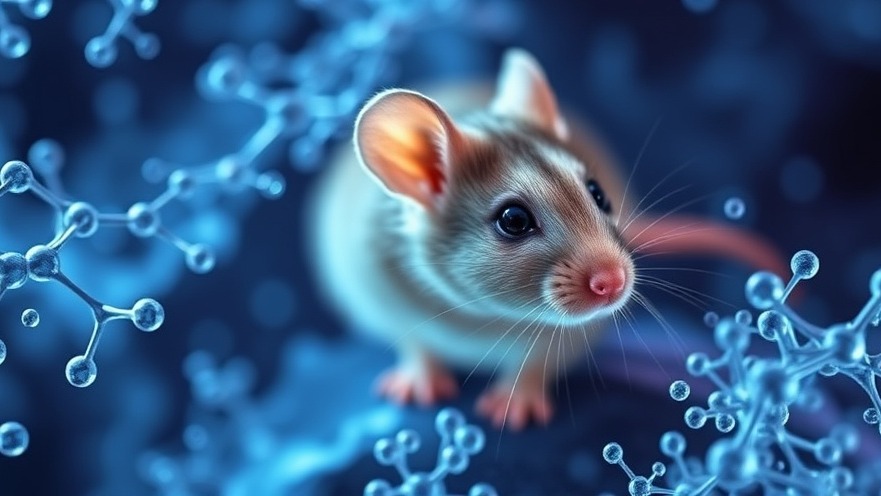
Unlocking the Secrets of Youthful Blood: The Role of MicroRNAs
Imagine tapping into the vitality of youth to tackle some of the health issues that accompany aging. Recent research has discovered fascinating anti-inflammatory microRNAs, particularly miR-296-5p and miR-541-5p, that could hold the key to rejuvenation derived from young mouse blood. These tiny molecules, found in extracellular vesicles, play an essential role in reducing inflammation and enhancing cellular repair processes.
What the Research Reveals About Young Blood’s Healing Power
Though transfusion outcomes have been inconsistent, scientists are optimistic. They focus on isolating these microRNAs from young blood to explore their potential therapeutic benefits. Current studies demonstrate that EVs from young mice not only improve resilience during health crises, like sepsis, but also combat cellular aging markers, making them promising candidates for future treatments. The findings suggest these small molecules might significantly alter health outcomes by tapping into the regenerative factors characteristic of youth.
The Potential Impact on Aging and Healthspan
Research in this area shows increasing importance as we seek innovative ways to confront aging. Future therapies derived from these discoveries could redefine approaches to aging-related conditions. Knowing that these anti-inflammatory microRNAs decline with age motivates us to delve deeper into how we might restore or replace them to improve our health as we age. This aligns with a broader movement towards discovering ways to enhance health spans, not just lifespans.
Takeaways from the Exciting Discoveries
While it’s still early days, the prospect of longevity treatments based on microRNAs is exciting. This knowledge invites us to consider how scientific advancements in the study of young blood can translate into practical therapies, potentially transforming how we age. As this research develops, keeping informed could mean having access to solutions that assist in maintaining our health in our later years.
 Add Row
Add Row  Add
Add 




Write A Comment